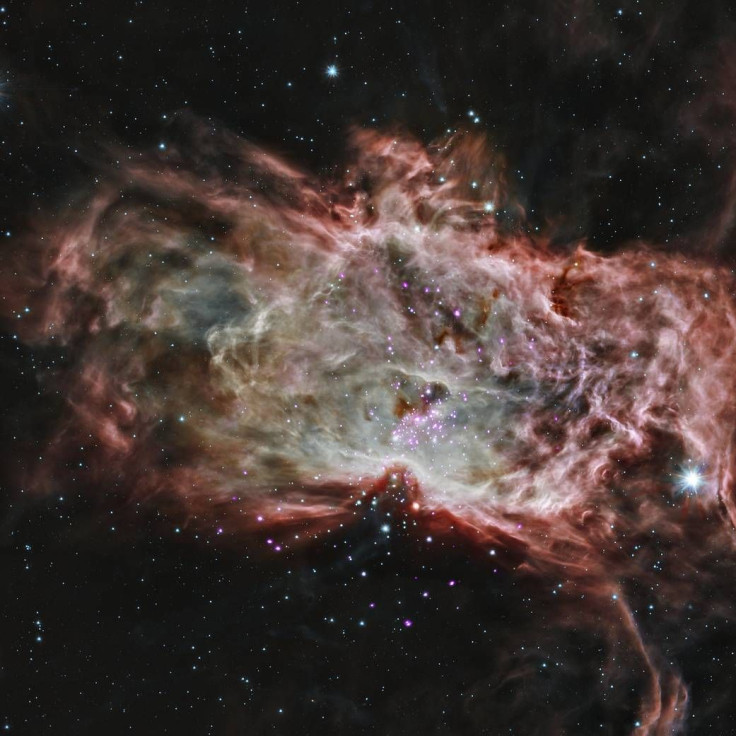Hubble Captures Stunning Image Of Flame Nebula With Planet-Forming Materials

KEY POINTS
- The Hubble Space Telescope shared a photo of the Flame Nebula
- The Flame Nebula is composed of star and planet-forming regions
- The outer stars of the nebula are much older than those in the inner regions
The Hubble Space Telescope recently shared a stunning image of an emission nebula. According to NASA, the massive nebula is filled with various cosmic materials that are responsible for the formation of stars and planets.
The cosmic structure, dubbed as the Flame Nebula due to its appearance, sits at the Orion constellation about 1,500 light-years away. It is composed of different clusters where stellar objects are formed.
According to scientists, the nebula is composed of clusters that support star formations. This is mainly due to the abundance of cosmic materials available in the region such as gas and dust. These clusters have circumstellar disks, each of which features a collection of different materials. Since some of these disks contain large bodies such as asteroids, the materials in these regions can also accumulate to become planets.
“There's a cluster of stars in the center which still have circumstellar disks; an accumulation of material like gas, dust, & asteroids which orbit in the shape of a ring around a star,” The Hubble Scope page explained in a statement. “This is the stuff that planets are made of. Planets are formed from the leftovers of a star.”
A closer look at the Flame Nebula revealed that the stars that formed on its outskirts are much older than the ones in its central regions. This goes against conventional star formation models that suggest stellar objects are first formed in the center of gas and dust clouds.
As noted by NASA, it is possible that the process of star formation moved within the central regions of the nebula after the density of star-forming clouds on the outskirts decreased. After the birth of new stars ceased in these regions, the formation process was transferred to the inner regions.
NASA stated that this could explain why the nebula’s inner stars are much younger than those in its outer regions.
“Over time, if the density falls below a threshold value where it can no longer collapse to form stars, star formation will cease in the outer regions, whereas stars will continue to form in the inner regions, leading to a concentration of younger stars there,” NASA stated.
© Copyright IBTimes 2024. All rights reserved.





















